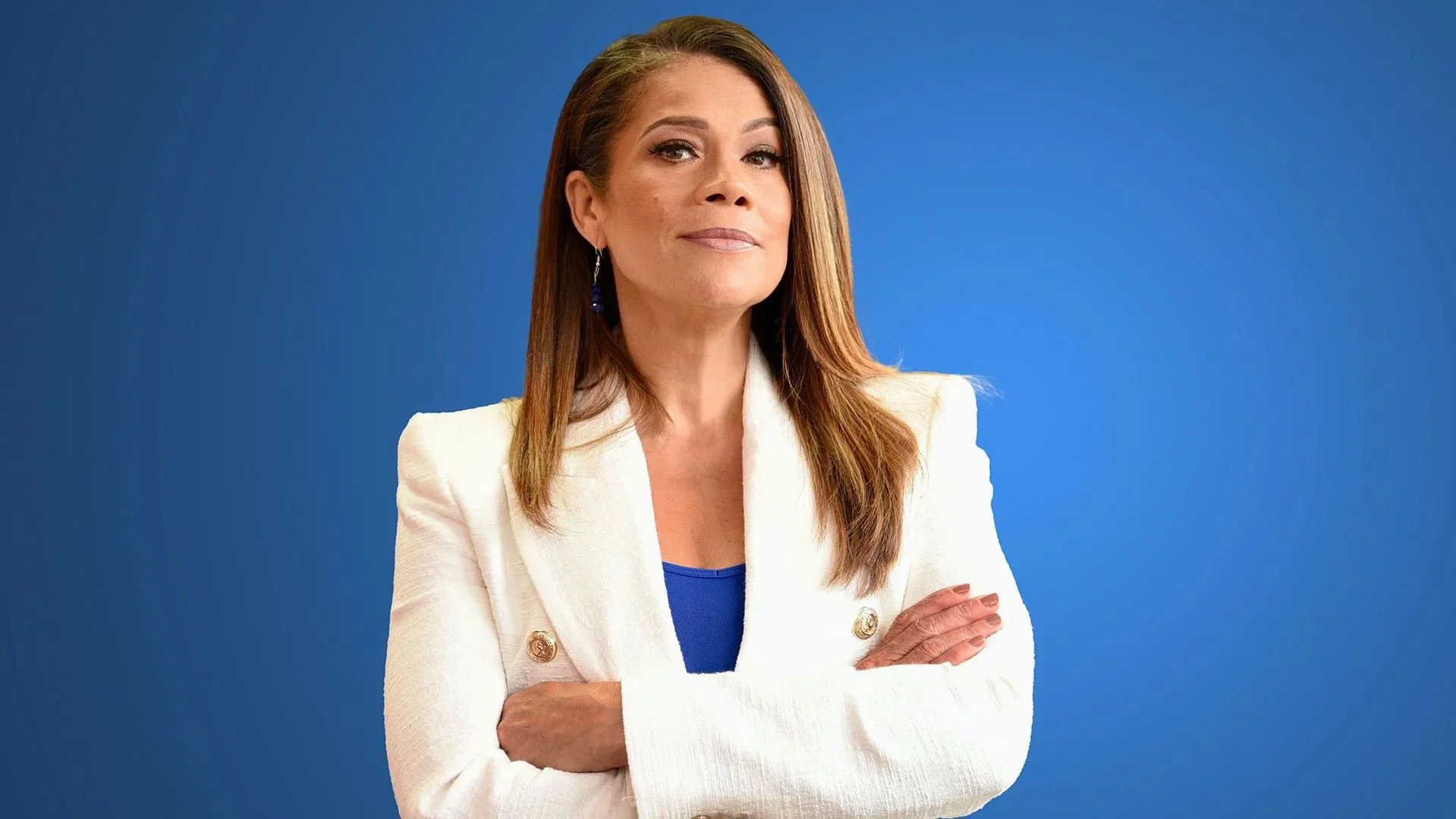
-
My vision for the future of Boston’s waterfront is rooted in equity, access, and resilience. For too long, developers have had the first say in shaping the realities of our waterfront, and have left out the needs of residents. Changing this reality means investing in climate resiliency projects that protect the most vulnerable neighborhoods from flooding, while also creating public spaces that improve public health and quality of life. It also means designing a waterfront that reflects the diversity of Boston through programming, small business opportunities, and culturally competent events that welcome people from every background.
We have to shift away from a waterfront that feels like it belongs only to developers or a select group of people, and instead build one that is truly a public good, for every resident of our city. Expanding equitable transit access, prioritizing green spaces, and ensuring that business opportunities are distributed equitably can help us get there.
-
The poll results affirm what many of us already know: Boston’s waterfront is not solely a resource for economic development, it is also a critical component of upholding our city’s public health and strong quality of life. Our Harbor, rivers, islands, and waterfront spaces are places where residents can connect with Nature and each other. As temperatures continue to rise, they also serve as vital spaces for cooling. In other words, they are directly tied to public health, and that truth must remain at the center of conversations on future planning.
To support policies that protect the waterfront as a resource for public health, I would prioritize investments in maintaining clean water, preserving green spaces, and ensuring that recreational parcels are safe and accessible for all. This also means ensuring that every neighborhood, not just those closest to the waterfront, has opportunities to benefit from these spaces through transportation access and robust community-led, culturally-competent programming.
-
Flooding in Boston is not a concern that we can continue to disregard; it is here. While federal constraints are posing challenges to large-scale climate mitigation efforts, there is so much we can do on a more local scale to build resilience in our communities. Our office has met with barbers and small business owners who have experienced flooding firsthand, using these conversations to discuss the bigger picture of climate impacts.
Building on these community-level insights, we are also focused on developing citywide strategies that equitably distribute our limited coastal resiliency resources, ensuring that all neighborhoods are prepared and protected. One way to increase revenue for larger projects of this nature is leveraging public-private partnerships that are crafted with heavy community input at every stage. Engaging the private sector is necessary to acquire the capital needed to secure our waterfront, but strong guardrails must be put in place to prevent green-washing and further isolating the very communities most at risk from climate impacts.
-
My vision for the working port centers on ensuring that Boston residents, particularly those from historically underrepresented communities, can directly benefit from the massive economic activity, while maintaining the operational purpose of these designated port areas.
I would prioritize workforce development programs that connect local residents to port-related careers. Partnering with unions, vocational programs, community colleges, and high-schools such as Madison Park, we can create pathways to careers in shipping, environmental management, and green/ blue technology. By providing the mentorship and access necessary to enter these industries, we ensure that port growth translates into tangible economic opportunity for Boston neighborhoods that have long been excluded from these sectors.
Equally important is balancing port operations with public access. Thoughtfully designed waterfront spaces, community programming, and educational initiatives can allow residents to enjoy the harbor while respecting the safety and functionality of port operations. These connections help the public understand and appreciate the port’s economic and cultural significance.
I also support equitable procurement practices. Investments and contracts for port projects should create meaningful opportunities for women, minority, and locally-owned businesses, so that port development benefits the entire city and not just a few stakeholders.
-
Spending the majority of my childhood and adolescence in Dorchester, the Boston waterfront—particularly the Wharf District and what is now the Seaport—felt distant and inaccessible. For people of all ages today living in Roxbury, Dorchester, Mattapan, Hyde Park, and West Roxbury, these areas are still out of reach for a few reasons. The lack of reliable and well-connected public transportation stands out as the most prevalent, but also on the list of reasons is a culture of division that persists here in the City of Boston.
For too long, we have neglected to address an ugly reality here in Boston: not everyone feels that this city belongs to them, and certain spaces and places have been historically unwelcoming to immigrants, people of color, and other marginalized groups. This is a structural issue embedded in our historical housing and zoning practices, and our transportation system.
I support expanding MBTA routes to better connect inland neighborhoods to the waterfront, as well as expanding free MBTA service offerings. Moreover, I believe that we cannot fix everything with policy alone, which is why our office is proud to have hosted dozens of events that convene residents across geographical, political, religious, age, and other differences. We must create the space for communities to come together on the waterfront so that it is not only accessible but welcoming.

